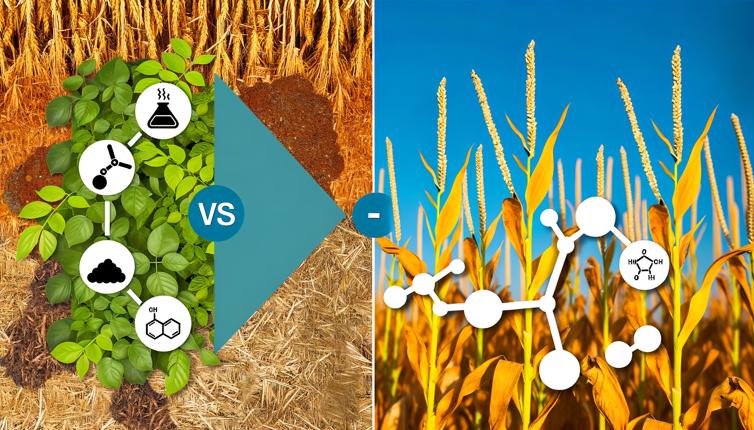Understanding Soil Conditions
One of the first things to consider when selecting crops for your farm is the soil conditions. Different crops thrive in different types of soil, so it's important to understand the composition of your soil. Conducting a soil test can provide valuable information about its pH level, nutrient content, and texture. These factors will help you determine which crops are best suited for your soil.,For example, if your soil has a high pH level, crops like blueberries, raspberries, and strawberries may be a good fit. These fruits prefer acidic soil conditions. On the other hand, crops like tomatoes, peppers, and beans prefer slightly acidic to neutral soil.,In addition to pH level, nutrient content is also crucial. Nitrogen, phosphorus, and potassium are essential nutrients for plant growth. Understanding the nutrient levels in your soil will help you choose crops that can thrive in your specific soil conditions. If your soil is lacking in certain nutrients, you may need to amend it with fertilizers or organic matter to ensure optimal plant growth.
Evaluating Climate Considerations
Another important factor to consider is the climate of your region. Different crops have different temperature, sunlight, and moisture requirements. Understanding your local climate will help you choose crops that are well-suited for your area.,For example, if you live in a region with cold winters, you may want to consider crops that are tolerant of frost, such as kale, spinach, and carrots. Additionally, if you have a short growing season, you may want to choose crops that have a shorter maturity period, like radishes or lettuce.,Sunlight is also a crucial factor to consider. Most crops require at least 6 hours of direct sunlight per day to thrive. If your farm has areas with limited sunlight, you may need to choose crops that are shade-tolerant, such as leafy greens or herbs.,Lastly, moisture requirements should be taken into account. Some crops prefer well-drained soil, while others thrive in moist or even waterlogged conditions. Understanding the moisture needs of different crops will help you determine which ones will grow best in your area.
Assessing Profitability
While soil and climate considerations are important, profitability is another key factor to keep in mind when selecting crops for your farm. Evaluating the potential market demand, pricing, and production costs can help you determine the profitability of different crops.,Research the market demand for various crops in your area. Are there any niche markets that you can tap into? Are there any crops that are currently in high demand? Understanding the market trends will help you choose crops that have a higher chance of being profitable.,Consider the pricing of different crops as well. Some crops, like organic produce or exotic fruits, can fetch higher prices in the market. However, these crops may also require more investment in terms of labor, inputs, or marketing. Evaluating the pricing and production costs will help you determine if the potential profit margins justify the investment.,Lastly, consider the scalability of the crops you choose. Will you be able to expand the production if the demand increases? Can you easily find buyers for your harvest? Ensuring that there is a sustainable market for your chosen crops is essential for long-term profitability.
Conclusion
Selecting the perfect crops for your farm requires careful analysis of soil conditions, climate considerations, and profitability. By understanding the needs of different crops, conducting soil tests, evaluating climate requirements, and assessing market demand, pricing, and production costs, you can make informed decisions that will maximize your farm's success. Remember to also stay updated with the latest agricultural practices and seek guidance from agricultural experts to make the best choices for your farm.








